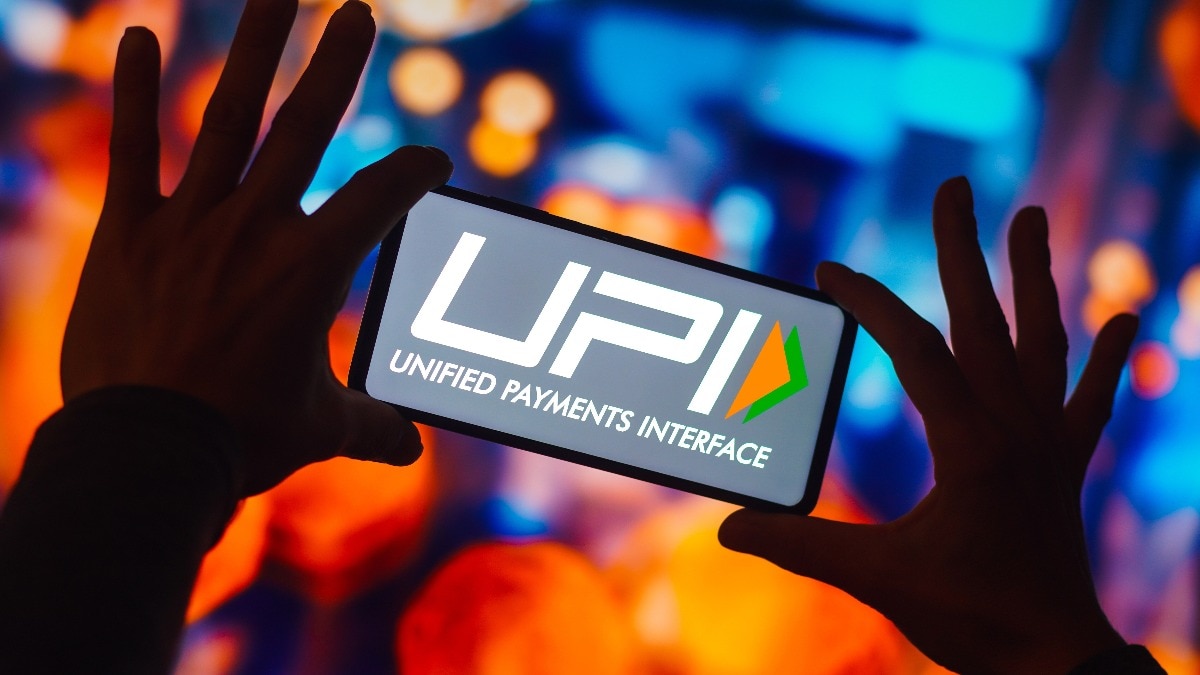The Centre is deliberating on reintroducing the Merchant Discount Rate (MDR) for Unified Payments Interface (UPI) transactions exceeding Rs 3,000. This prospective policy aims to assist banks and payment service providers in handling infrastructure and operational expenditures associated with high-value transactions, NDTV Profit reported on Wednesday.
Discussions suggest the MDR could be based on transaction value instead of merchant turnover, potentially reversing the zero-MDR policy enforced since January 2020.
According to the report, small-value UPI transactions are likely to remain unaffected by this change, which would primarily target larger transactions. “While small-ticket UPI payments would likely remain exempt, larger transactions could soon carry a merchant fee, reversing the zero-MDR policy in place since January 2020,” a source told NDTV Profit. The UPI currently dominates approximately 80% of retail digital transactions in India, but the absence of an MDR has constrained sector investments.
The Payments Council of India has suggested imposing a 0.3% MDR on UPI transactions for large merchants. Comparatively, credit and debit card payments currently incur MDRs ranging from 0.9% to 2%, with RuPay cards reportedly remaining exempt for now. “RuPay credit cards are expected to remain outside the Merchant Discount Rate scope for now,” the source added. Stakeholder consultations, including discussions with banks, fintech firms, and the National Payments Corporation of India, are expected to conclude within the next two months.
The potential policy shift reflects a strategic transition from promoting UPI adoption to ensuring the digital payment ecosystem’s long-term viability. The MDR removal initially spurred UPI adoption but simultaneously eliminated a crucial revenue stream for banks and payment service providers. In response, banks have formally proposed the reintroduction of MDR for UPI payments concerning merchants whose annual turnover exceeds Rs 40 lakh under the Goods and Services Tax framework. This change is seen as essential for fostering growth and supporting the sustainability of the digital financial infrastructure, which has become a backbone for many businesses and startups.
UPI transactions have experienced significant growth, escalating from Rs 5.86 lakh crore in 2018 to Rs 246.83 lakh crore in 2024, enhancing their dominance in India’s payment landscape. As digital payment volumes rise, stakeholders spend approximately Rs 10,000 crore annually to maintain infrastructure, servicing about 20% of Indian startups via UPI. This development underscores the urgent need for a sustainable revenue model to support the sector’s expansion and technological advancements.
Additionally, reinstating MDR could pave the way for enhanced service offerings and increased competition among service providers, ultimately benefiting consumers and the economy as a whole. By addressing these critical issues, the government seeks to ensure that the digital payment infrastructure remains robust and capable of handling future growth, thereby fostering economic resilience and prosperity.
